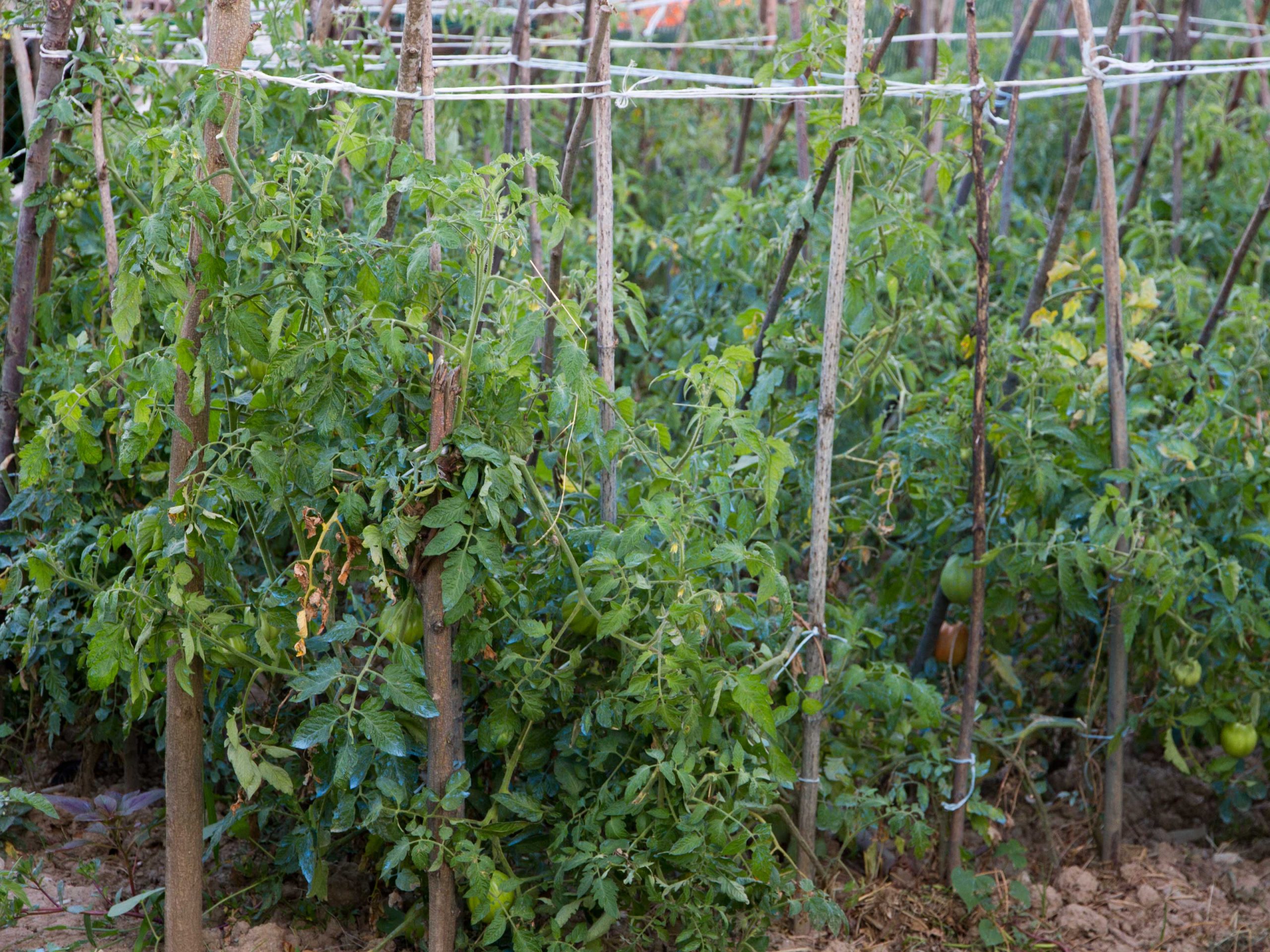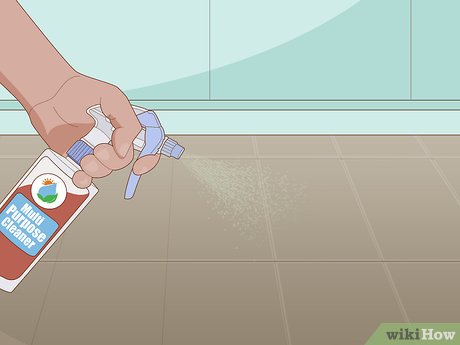

Mildew growing between boards is a common problem in homes and buildings, often leading to unsightly damage and potential structural issues. This comprehensive guide dives deep into understanding mildew growth, identifying its signs, and providing effective cleaning and prevention strategies. We’ll explore the various causes behind mildew buildup, examine different cleaning methods, and offer practical advice to maintain the health and aesthetics of your wooden surfaces. The structure of this article follows a clear path—from the causes and symptoms of mildew to its effective removal and prevention. The guide also includes a FAQ section for addressing your most pressing questions. Learn the secrets to a mildew-free home!
Understanding Mildew Growth Between Boards
Causes and Contributing Factors
Mildew thrives in damp environments, and wood boards are particularly vulnerable when exposed to excessive moisture. Water leaks, improper ventilation, high humidity, and even condensation can create ideal breeding grounds for mildew. Understanding the root cause of the moisture problem is critical to effective mildew removal and prevention. For example, a leaky roof or a faulty pipe can lead to persistent moisture around your wooden structures. Furthermore, poor ventilation, especially in poorly ventilated areas like bathrooms or basements, traps moisture in the air, creating the perfect conditions for mildew growth. This moisture buildup, along with organic matter and food sources, can then allow mildew to flourish. The process of mildew growth is complex and multifaceted. This is why a holistic approach to preventing mildew growth is vital to maintaining your home’s structure and interior aesthetics.
Identifying the Signs of Mildew
Related Post : Deck Boards Splintering Over Time? How to Restore a Smooth Surface
Recognizing the signs of mildew growth early can save you time and money in the long run. Look for discolored areas, particularly between the wood boards or within the wood itself. This discoloration might appear as grayish-white, brown, or black patches. Pay attention to musty or earthy odors, which can also indicate mildew presence. If you notice these visual or olfactory cues, it’s crucial to address the issue as quickly as possible to prevent further damage and spread. Failing to address the mildew quickly can lead to more significant structural and aesthetic problems down the road. An early assessment of mildew growth often signifies prompt mitigation and prevents further damage to your wood structures.
Effective Cleaning Methods for Mildew
Using Natural Cleaners
One effective approach to cleaning mildew involves using natural cleaners such as vinegar and baking soda solutions. A mixture of one part white vinegar and one part water can effectively remove mildew stains. Baking soda, when combined with water, can also be a great scrubbing agent. Apply these solutions to the affected areas, scrub gently, and then rinse thoroughly with clean water. This method uses environmentally friendly ingredients, thus minimizing the risk of damaging your wooden surfaces. Vinegar’s acidic properties help dissolve mildew, while baking soda’s abrasive quality provides gentle scrubbing action.
Employing Commercial Cleaners
Alternatively, commercial mildew removers are readily available. These products are often formulated with potent antifungal agents that effectively eliminate mildew. Follow the product instructions carefully, as using these concentrated solutions can cause harm when mishandled. Ensure you ventilate the area thoroughly to eliminate any harmful chemicals. These commercial cleaning agents often use a combination of chemical and physical agents to attack the mildew and remove the unsightly spots. Ensure proper ventilation is in place during use, and always follow safety precautions. A quick spray followed by immediate rinsing is an effective approach.
Preventing Mildew Regrowth
Addressing Underlying Moisture Issues
Preventing mildew regrowth involves addressing the root causes of moisture buildup. Ensure proper ventilation in areas prone to moisture, such as bathrooms and kitchens. Use exhaust fans to remove excess moisture from the air. Consider sealing any cracks or gaps in your walls or foundation to prevent water intrusion. Implementing these preventative steps will significantly reduce the likelihood of mildew returning. Moisture control is crucial in preserving the longevity and aesthetics of your wooden surfaces.
Maintaining Proper Humidity Levels
Maintaining an appropriate level of humidity in your home can also help prevent mildew. Use a dehumidifier to remove excess moisture from the air, especially in basements or other damp areas. Consistent monitoring of the humidity level helps in controlling the growth of mildew in your home. High humidity can promote mildew formation and even attract more organisms that feed on the mildew. Regular inspections and maintenance of dehumidifiers and moisture control systems can reduce the likelihood of mildew growth.
Advanced Techniques and Considerations
Professional Help and Inspection
In cases of extensive mildew damage or for areas with complex moisture issues, consulting a professional is essential. They can accurately assess the extent of the damage, identify the underlying causes, and recommend effective solutions. A professional inspection can uncover hidden moisture issues that may not be immediately apparent. A trained eye can spot telltale signs and offer specialized treatment solutions.
Long-Term Maintenance Strategies
Regular Inspections and Maintenance
Regular inspections and preventative maintenance are key to long-term mildew prevention. Inspect wooden areas regularly, paying close attention to any signs of moisture or mildew. Promptly address any identified issues. In the case of wooden structures, regular maintenance is especially crucial, as it can significantly affect the durability and longevity of the wood.
FAQ Answers
What are the best natural cleaning solutions for mildew?
Natural cleaning solutions, such as vinegar and baking soda, can be highly effective for removing mildew. Mix equal parts white vinegar and water, apply to the affected areas, and let it sit for a few minutes before scrubbing with a soft brush. Alternatively, a paste made from baking soda and water can also be used for scrubbing. Always ensure you thoroughly rinse the area with clean water after application to remove any residue.
How can I prevent mildew regrowth after cleaning?
Preventing regrowth involves addressing the underlying moisture issues. Ensure proper ventilation, seal any cracks or gaps, and maintain appropriate humidity levels. Regularly monitoring and adjusting humidity levels with dehumidifiers or other moisture-control systems can make a significant difference.
What should I do if the mildew is severe and extensive?
If the mildew is widespread or severe, it is best to consult a professional. A professional can properly assess the extent of the damage, identify the underlying causes, and recommend appropriate solutions. They may also suggest specific treatments based on the severity of the problem.
Are there any specific precautions for using commercial mildew removers?
Always follow the manufacturer’s instructions carefully when using commercial mildew removers. Many of these products contain strong chemicals, so ensure proper ventilation and wear appropriate protective gear, such as gloves and eye protection. Test the solution on an inconspicuous area first to ensure it doesn’t damage the wood surface. Using proper caution is essential in ensuring a safe and effective cleaning process.
In conclusion, mildew growing between boards is a common issue that can be easily prevented and addressed with proper cleaning and preventative measures. Understanding the causes, identifying the signs, and implementing the right cleaning techniques are crucial steps in restoring your wood surfaces to their pristine condition. Remember to maintain regular preventative care to avoid future occurrences. For any lingering concerns, consulting a professional is always a good idea. By following the advice in this article, you can effectively maintain your wood and prevent future mildew growth.